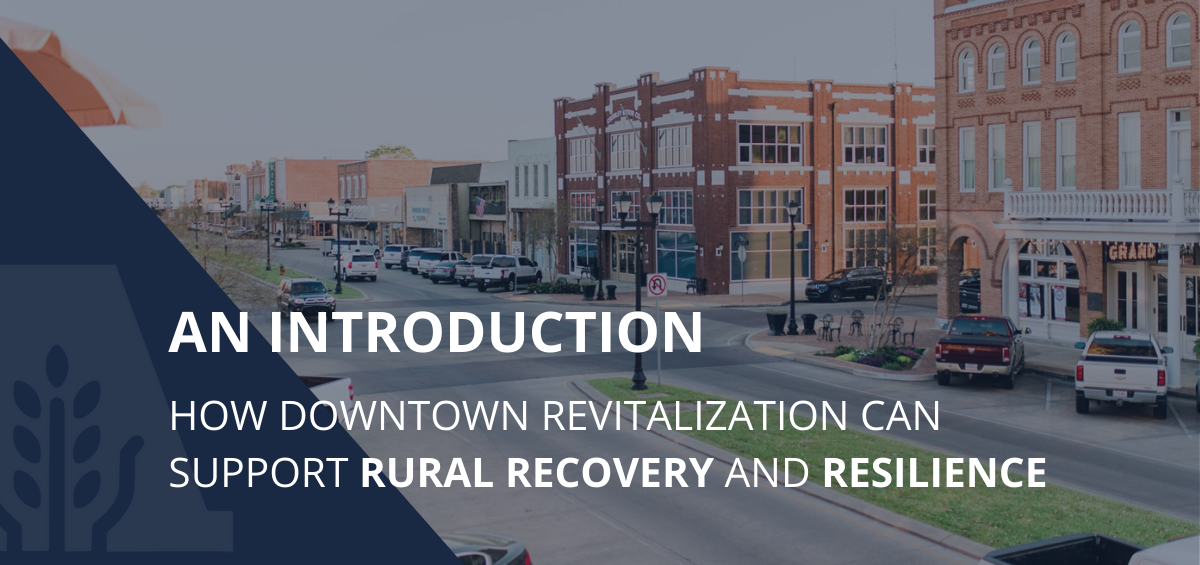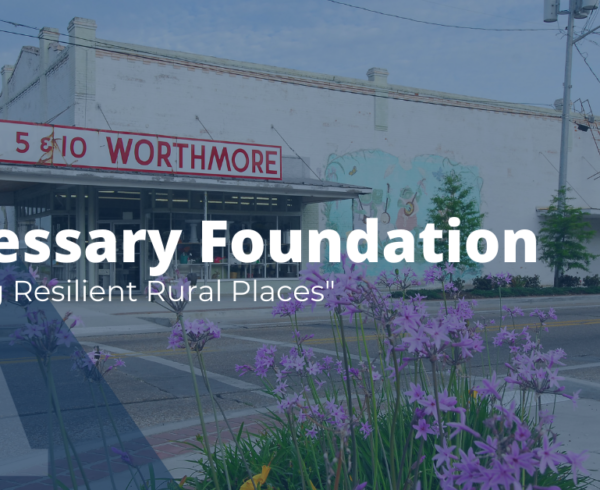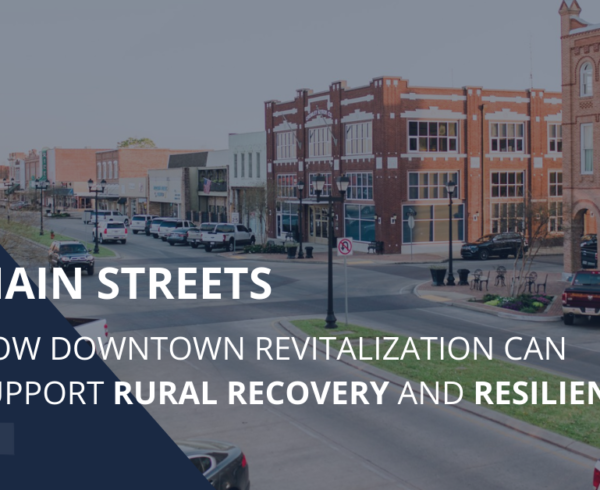The word “rural” has been thrown around the past few years by everyone. As the word is used more and more frequently, misconceptions begin to grow about what it truly means. The current trend of what is used to define rural America is white, dependent on traditional industries, and characterized by stagnation, decline, and despair. These are entirely inaccurate, and downright dangerous, for they obscure effective solutions for rural economic and community development. While many rural communities face the same economic challenges, they are not cookie-cutter replicas. Each community has its own diverse economy, population, and assets. And they are not headed for despair or abandonment. For decades, local leaders around the country have implemented economic development strategies tailored to their local community, each that value and build upon place-based assets, and have real success for rural places.
As the COVID pandemic tests the resilience of rural economies to the max, the research done by Brookings argues that the attention to rural America should be towards understanding, sustaining, and investing in strategies that already work to bring growth and equity to increasingly diverse and dynamic rural areas. Their data, gathered from three rural communities across the U.S., highlights certain strategies needed to sustain rural economies. The five strategies are:
1. Main Streets are a key driver of equitable economic recovery for rural America
2. Rural small businesses need local solutions to survive
3. The necessary foundations for rural resilience is a flexible, accessible, and healthy built environment
4. Rural Main Streets cannot achieve true economic revival without bridging social divides
5. Creating a shared vision of rural resilience through community-led civic structures.
This blog post is the first in a series titled “Building Resilient Rural Places.” The information found on this post, as well as all the post in the series, comes from a collection of reports done by Brookings. To see the introduction of their report, along with links to their individual briefs, click here.












